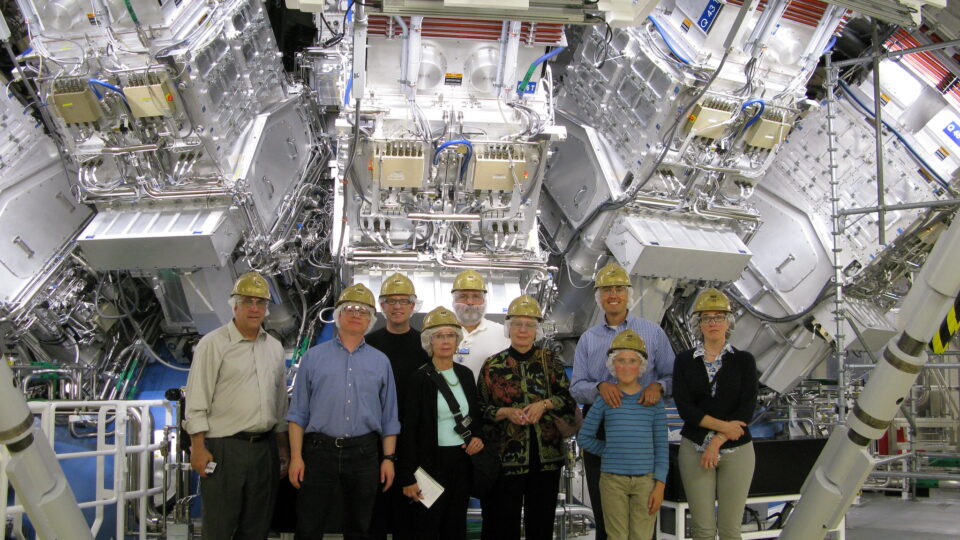Nuclear fusion is the process that powers the sun. Two atoms of hydrogen unite to form one helium atom and release energy in the process. Hydrogen bombs work in this way and since their development in the 1950s, scientists have sought a way to use fusion to generate electricity. Many scientists believe that the key to a fully decarbonized future is a combination of solar, wind, and fusion power.
Nuclear fusion does not involve radioactivity and thus does not have the dangers associated with the nuclear fission used in existing power plants. Over the decades, billions of dollars have gone into fusion research, but the challenges faced in peacefully triggering a fusion reaction have made success always seem to be extremely far off in the future.
The world’s largest fusion project – the International Thermonuclear Experimental Reactor or ITER – was initiated in 1985. The project involves 35 countries, and the reactor, still under construction in France, has yet to deliver any tangible results.
In the past couple of years, there have been important demonstrations of new and different ways to create nuclear fusion. A system using laser fusion achieved fusion ignition, in which a reaction briefly became self-sustaining. A system using magnetic confinement fusion produced a plasma that generated 11 megawatts of power for a world-record five seconds.
There are more than 30 companies competing in the race to deliver fusion energy. Governments and private investors are funding efforts around the world. Whether any of them will succeed remains to be seen. The challenges are immense but so are the potential rewards.
**********
Web Links
Will Tech Breakthroughs Bring Fusion Energy Closer to Reality?
Photo, posted July 31, 2010, courtesy of Steve Jurvetson via Flickr.
Earth Wise is a production of WAMC Northeast Public Radio


